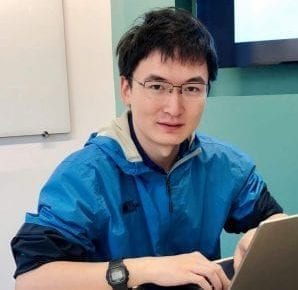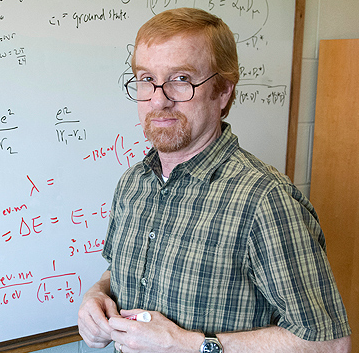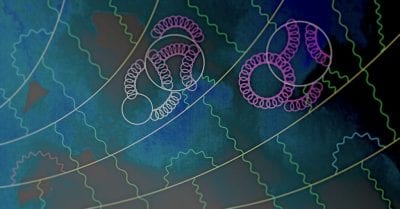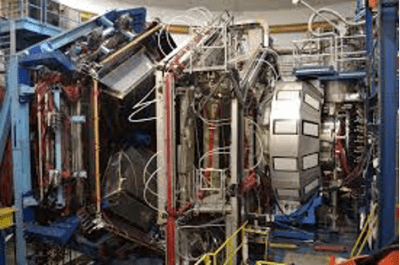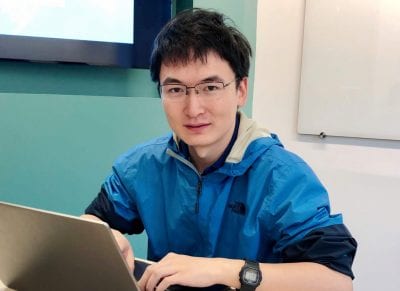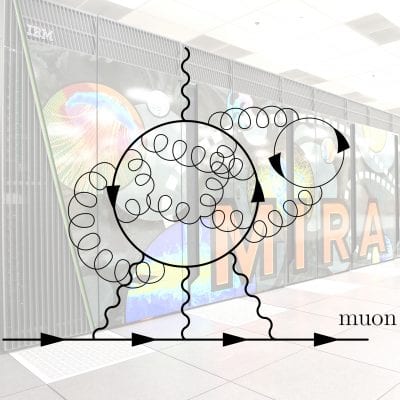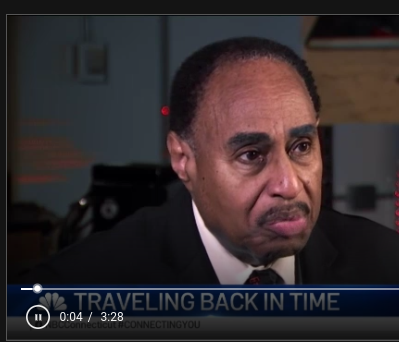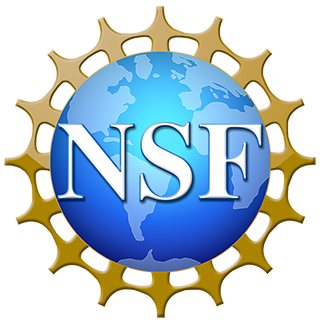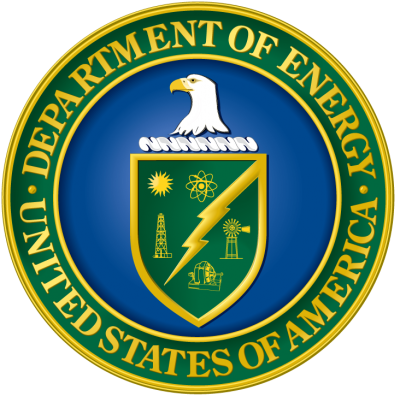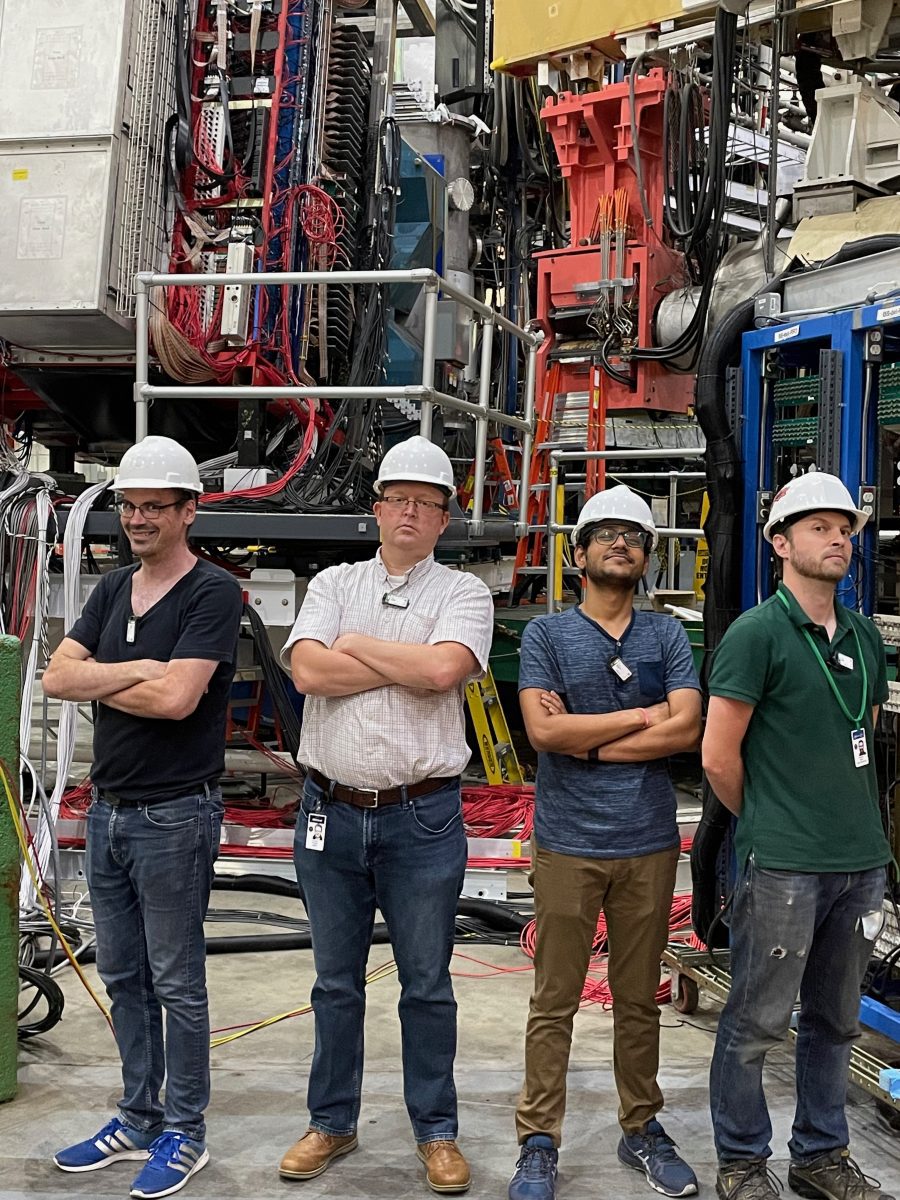
Professor Andrew Puckett’s research group is currently leading, as part of a collaboration of approximately 100 scientists from approximately 30 US and international institutions, the installation in Jefferson Lab’s Experimental Hall A of the first of a series of planned experiments known as the Super BigBite Spectrometer (SBS) Program, with beam to Hall A tentatively scheduled to begin in early September of 2021. Jefferson Lab, located in Newport News, Virginia, is a national user facility operated by the US Department of Energy, and is the world’s premiere laboratory for imaging the subatomic (and subnuclear) quark-gluon structure of protons, neutrons, and nuclei using its continuous, polarized electron beam. In addition to Professor Puckett, the UConn researchers involved in this effort are Postdoctoral Research Associate Eric Fuchey, and Graduate Research Assistants Provakar Datta and Sebastian Seeds. The first set of experiments in the SBS program, slated to run during Fall 2021, is focused on the measurement of neutron electromagnetic form factors at very large values of the momentum transfer Q2, which essentially probe the spatial distributions of electric charge and magnetism inside the neutron at very small distance scales of order 0.05-0.1 fm (1 fm = one femtometer = 10-15 m = 0.000 000 000 000 001 m), approximately 10-20 times smaller than the size of the proton and approximately 1 million times smaller than the size of a typical atom.
Electrons from Jefferson Lab’s Continuous Electron Beam Accelerator Facility (CEBAF), with energies of up to 10 GeV (=10 billion electron-volts), will scatter elastically from protons and neutrons in a liquid deuterium target in Hall A. Scattered electrons will be detected in the BigBite Spectrometer, located on the left side of the beam, while the high-energy protons and neutrons recoiling from the “hard” collisions with the beam electrons will be detected in the SBS by the newly constructed Hadron Calorimeter (HCAL), located on the right side of the beam. The SBS dipole magnet will provide a small vertical deflection of the scattered protons, which allows HCAL to distinguish them from scattered neutrons, which are undeflected by the magnetic field, but produce otherwise identical signals in HCAL.
The first group of SBS experiments, collectively known as the “GMN run group”, will answer several important questions about the “femtoscopic” structure of the neutron, including:
- What is the behavior of the neutron’s magnetic form factor at large momentum transfers? The SBS experiment will dramatically expand the Q2 reach of neutron magnetic form factor data compared to all previously existing measurements, from approximately 4 –> 14 (GeV/c)2. See original experiment proposal here.
- How is the charge and magnetism of the proton shared among its “up” and “down” quark constituents as a function of Q2? The proton magnetic form factor has been measured over a much wider range of Q2 than the neutron, and combined proton and neutron measurements can be used to disentangle the contributions of “up” and “down” quarks (and diquark correlations) to the proton’s structure, under the assumption of charge symmetry of the strong interactions (see, e.g., https://inspirehep.net/literature/1812076)
- How important and/or significant is the contribution of two-photon-exchange to elastic electron-neutron scattering? The first SBS experiment group will perform measurements of the electric/magnetic form factor ratio for the neutron using two different techniques known as “Rosenbluth Separation” and “Polarization Transfer”, at a Q2 where these two techniques have shown significant disagreement for the proton. Both measurements will be the first of their kind for the neutron at such large Q2 values (see, e.g., Polarization Transfer Proposal and Rosenbluth Separation Proposal)
The GMN run group will start in early September and run through the fall of 2021. The broader SBS program will continue in Hall A through at least 2023, and will drastically improve our understanding of the femtoscopic quark-gluon structure of protons, neutrons, and atomic nuclei. Professor Puckett’s research in the SBS and Hall A Collaborations is supported by the US Department of Energy, Office of Science, Office of Nuclear Physics. Stay tuned!
